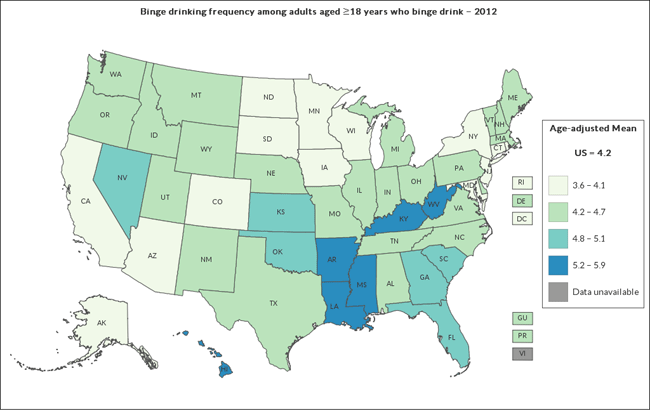Improving Surveillance
 Chronic Disease Indicators website gets a new look and adds new data.
Chronic Disease Indicators website gets a new look and adds new data.
Chronic diseases represent seven of the top 10 deaths in the United States. The Chronic Disease Indicators (CDI) website is the only integrated source for comprehensive access to a wide range of key indicators for the surveillance of chronic diseases, conditions, and risk factors. The redesigned and more user-friendly website also provides an online tool for users to compare data on the prevalence of chronic diseases in 40 large metropolitan areas, as well as at state and national levels. You can view the newly designed and updated site at cdc.gov/cdi.
What are Chronic Disease Indicators?
Established in 1999 these indicators provide public health agencies with access to relevant, up-to-date, and uniformly defined chronic disease surveillance data at the state and country level There are currently 18 topic groups which comprise 124 indicators. These 18 categories represent a wide spectrum of conditions and risk factors as well as social context:
- Alcohol
- Arthritis
- Asthma
- Cancer
- Cardiovascular disease
- Chronic kidney disease
- Chronic obstructive pulmonary disease
- Diabetes
- Disability
- Immunization
- Mental health
- Nutrition, physical activity, and weight status
- Older adults
- Oral health
- Overarching conditions
- Reproductive health
- School health
- Tobacco
What's new?
The 2015 release adds 27 new indicators increasing them from 97 to 124. A few of the new indicators include disability, mental health, older adults, reproductive health and school health. In addition, there is information about system and environmental indicators, and additional emphasis on high burden disease and conditions.
Chronic Disease Indicators is a joint project by the CDC and partner organizations– the National Association of Chronic Disease Directors and the Council of State and Territorial Epidemiologists.

Users can generate a US map representing available data for a chronic disease indicator such as the one shown here for binge drinking frequency.
- Page last reviewed: January 15, 2015
- Page last updated: January 15, 2015
- Content source:
- National Center for Chronic Disease Prevention and Health Promotion, Division of Population Health
- Page maintained by: Office of the Associate Director for Communication, Digital Media Branch, Division of Public Affairs




 ShareCompartir
ShareCompartir